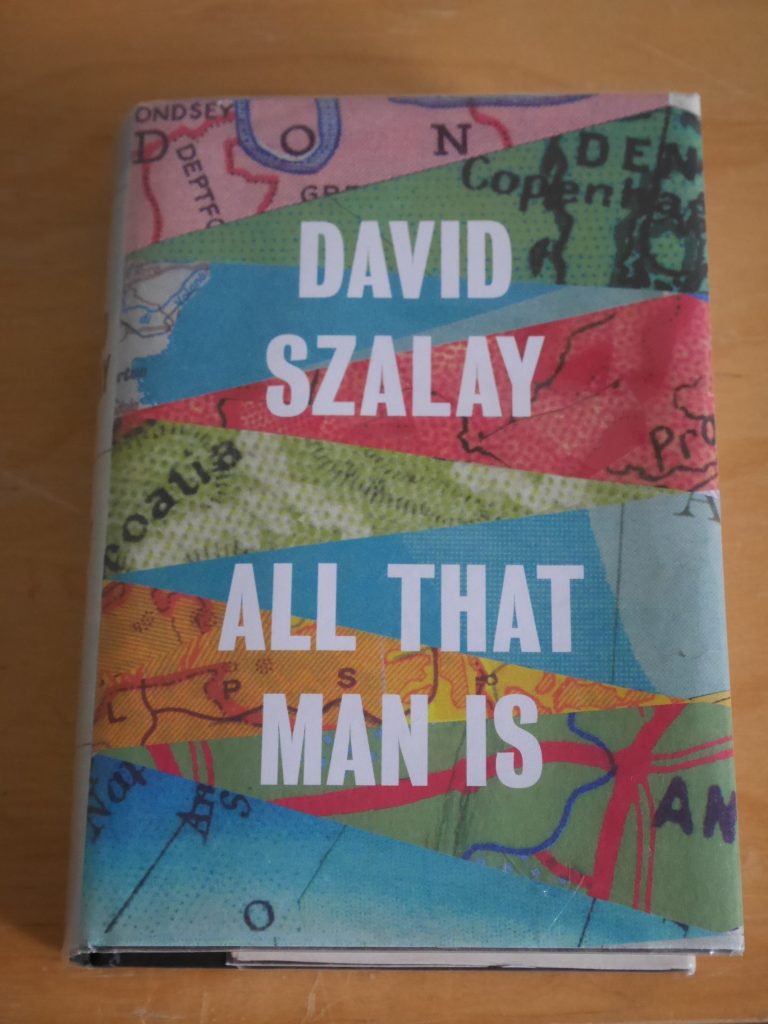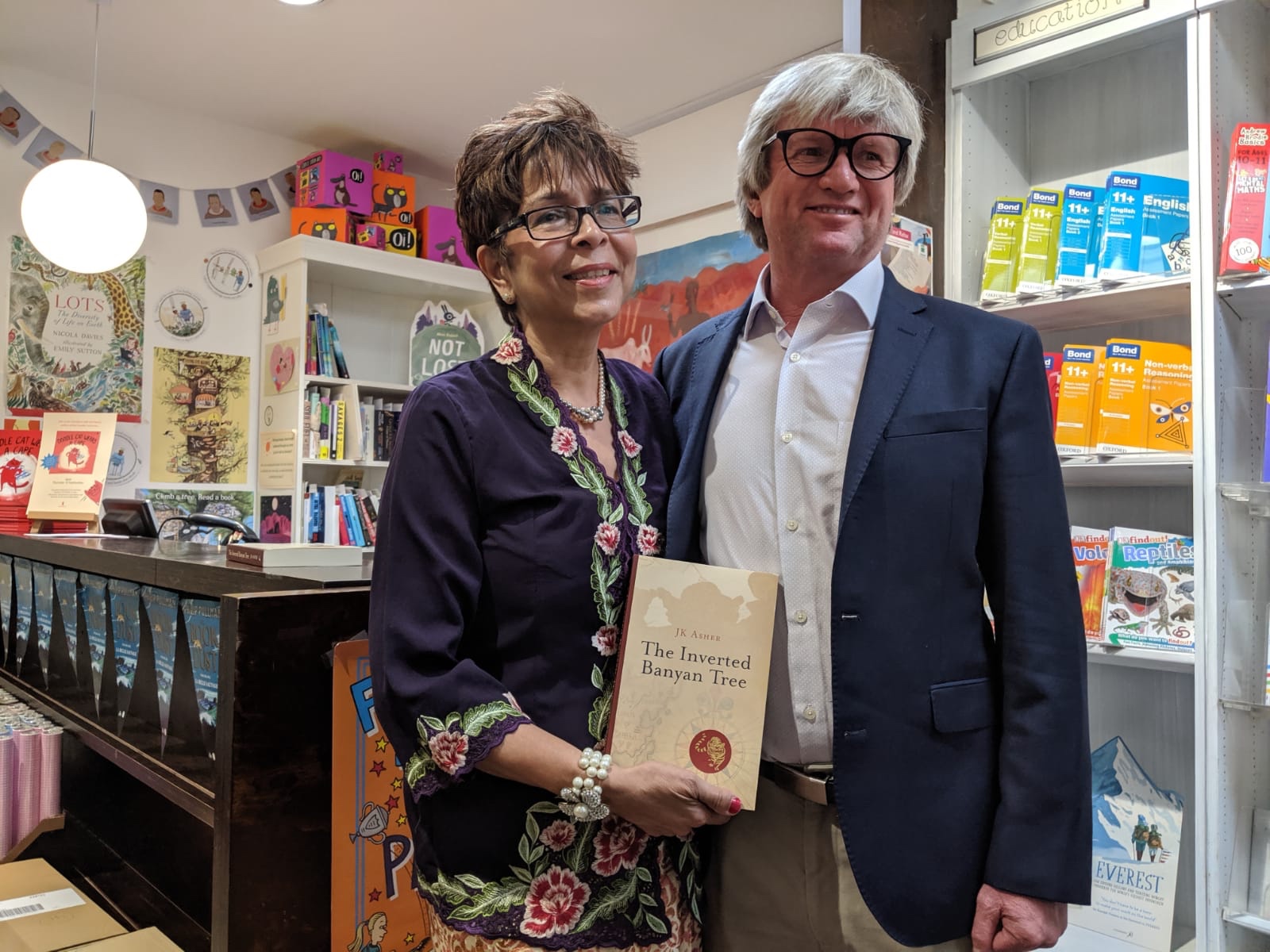I started this book in 2016 and finished it in 2017.
That is because I did not want it to end. This book is on the Man Booker Prize 2016 shortlist. There are famously 9 parts to this novel. It has been heavily debated whether it should be a novel or nine short stories. I think it is a novel. It has the impact of a novel. Each is not self-contained. Each leads to the next character. Supposedly this is a novel about masculinity. I wonder if the majority of the readers are men or women. I would be surprised if it was men. The book has universal appeal because it is about the human condition (again) as all literary novels are, and secondly it is about ageing, and therefore the descent of the human over just a few decades.
I don’t know about you, but when I read I like to be taken to somewhere else.
Even if it is a mundane somewhere else, it is not in my own mundane world. All that Man is is nine different men of six nationalities in 13 different countries. I never thought I would be so interested in men. I am not, really. Yet I am fascinated by each of them as their stories unfold. It is the purity of the moment that Szalay excels at. Every moment, even and especially the mundane, is rich and evocative, and lived, in every sense of the word. Plot, grand themes, idea, character exposition is of secondary importance to the living the moment.
The first character is an artsy bookworm type 17-year-old inter-railing around Europe in the summer with his friend before going up to Oxford. The last character is a 73-year-old depressed, lonely and retired civil servant in his second home in the Italian town of Argenta infested by mice and poor central heating.

SPOILER ALERT. Don’t read this section if you don’t want to know the plot.
The civil servant reads an email from his daughter regarding his grandson who is inter-railing in Europe, who has just written a poem and has been published. Then only the reader finds out the twist, that life has come full cycle, as the novel has. The first character is the lasat character’s grandson after all. These are the only two characters connected to each other. The second character is a lazy unambitious Frenchman, probably in his early twenties, who has been sacked from his job and is now on the pull in Cyprus and manages to sleep with an obese girl AND her mother (because he doesn’t really care and just shags). Next up: a Hungarian working as bodyguard for an acquaintance who pimps his girlfriend in Park Lane hotels in London and he fancies the pants off this girl that he is supposedly bodyguarding. This is followed by a thirty-something Belgian scholar of medieval history who really fancies himself, like an academic would do, driving across Europe to meeting his ambitious and young Polish TV presenter girlfriend who is pregnant. He is totally against it, and reticent about fatherhood. My least favourite character comes next, and I had to speed read this section because I didn’t get it: a Danish journalist flies to Malaga to confront a minister about his affair. Next up: an English estate agent from Earlsfield, London, works with a developer trying to sell cheap Alpine chalets and he fancies the girl who is local Swiss agent but as he is middle-aged he can’t be bothered to make a move on her. Probably my second favourite is the miserable Scottish alcoholic in his fifties relocates to Croatia as it’s cheap, after he has sold his flat and is now drinking himself to death but encounters scams, punchups, mishap after mishap and bad luck; The second last character is a suicidal Russian oligarch in his sixties on his yacht in the Mediterranean, losing all his money to his third wife in some complicated divorce trial and having meetings with butler, cook, and lawyer and various staff. He has lost his verve and passion to live. He realises that he does not want any of his substantial assets and the wife can have it all.
SPOILER OVER. It’s OK to read this last paragraph now.
Therefore it is not quite true to say that plot is secondary. Plot comes from character. The characters make the plot and they become the story. The first thing that occurred to me was – how did he know all that? There is a lot of detail and all of it is relevant. It must have been thoroughly painstaking to write this book. The simpler to read, the more complicated the writing. He knows the minutiae about people, their jobs, their cultures, their countries. These are drawn into photographic detail. Everything rang true. Sadly I have now finished the book. I made it last as long as I could because it is a 9 course meal! Come on! I do not want to rush it as it is the most intense and endearing reading experience that David Szalay has given us. He is so talented and he writes in extremely simple language. It reads like it is a translation. There are no big words. There is nothing he would like to show off except how finely he writes. I really would like David Szalay to write The sequel: All that Woman is.

